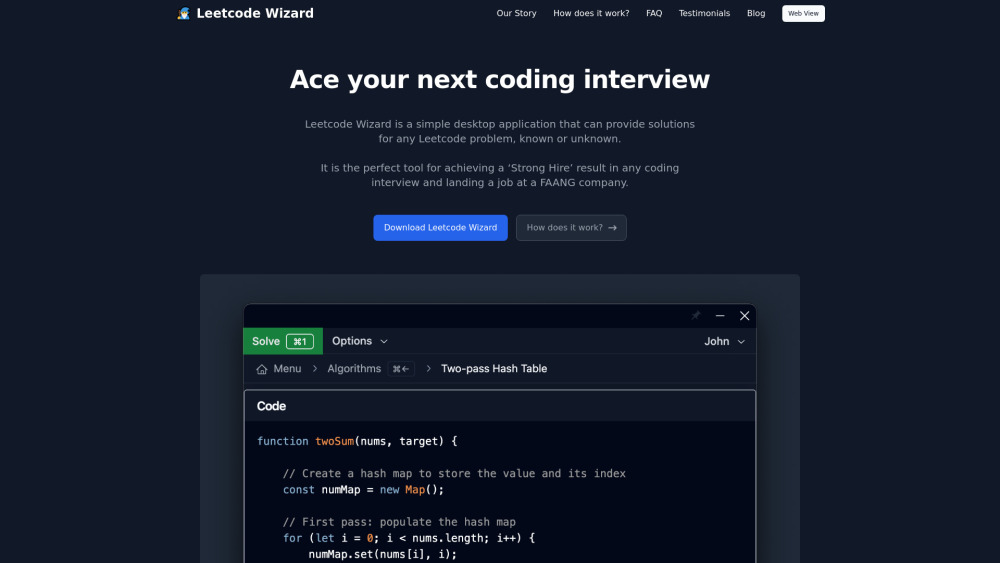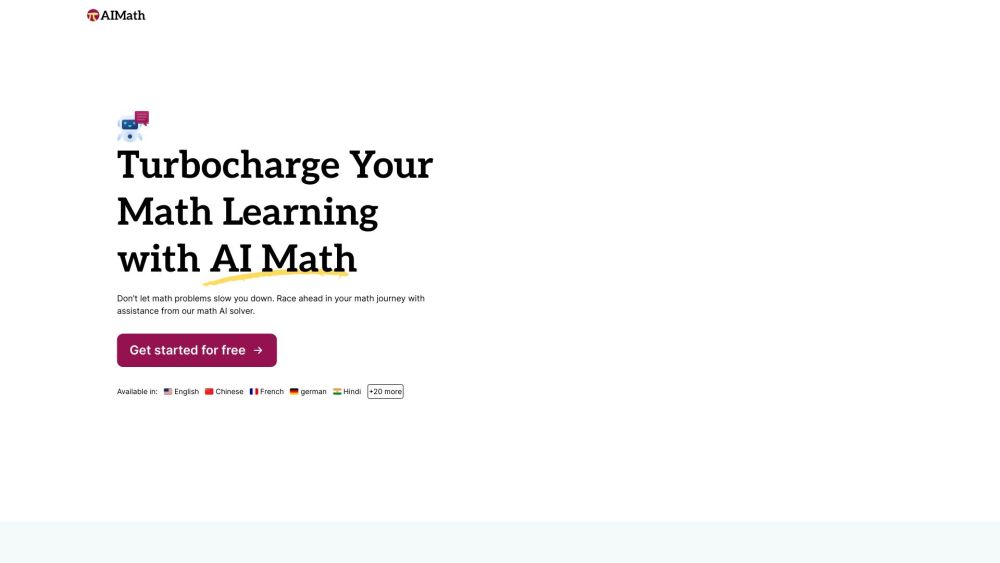One of the most intriguing and practical slang terms to emerge from Reddit is "ELI5," which stands for "Explain It Like I’m 5." This term encourages experts to simplify complex ideas as if explaining them to a five-year-old, making it easier for everyone, including those without a formal education, to grasp intricate concepts.
This straightforward approach is also beneficial for AI models, particularly in addressing the "legibility" problem, which refers to understanding how AI systems arrive at their conclusions.
Today, OpenAI researchers are unveiling a significant advancement in this area with a new scientific paper titled “Prover-Verifier Games Improve Legibility of LLM Outputs,” accessible on the company’s website and arXiv.org. Their work explores a new algorithm that enables large language models (LLMs), like GPT-4, to articulate their reasoning more clearly.
Establishing trust in AI systems is crucial, especially as they find applications in sensitive fields such as healthcare, law, military, and critical infrastructure, where inaccuracies can lead to dangerous outcomes. Even businesses outside these sectors may hesitate to adopt AI due to concerns over faulty outputs. OpenAI's work aims to provide a framework that empowers AI models to explain their decision-making processes clearly, thereby enhancing user trust.
OpenAI researcher Jan Hendrik Kirchner commented, “This is fresh research that we just wrapped up, and we’re eager to share these insights with the community to promote awareness of the legibility problem and encourage collaboration towards its resolution.”
Understanding the Prover-Verifier Game
The algorithm developed by OpenAI builds on the “Prover-Verifier Game,” a concept originally detailed by researchers at the University of Toronto and Vector Institute for Artificial Intelligence in 2021. This game involves two AI models: a more advanced "prover" and a less sophisticated "verifier." The prover aims to convince the verifier of its answer, regardless of its correctness, while the verifier strives to identify the accurate response.
The objective is to encourage AI models to "show their work" and explain their reasoning to human users, essentially promoting verifiable problem-solving approaches.
“As large language models are increasingly deployed in complex and critical domains, ensuring their outputs are trustworthy is essential. The Prover-Verifier game method enhances clarity and verifiability, key components of trustworthiness,” commented OpenAI researcher Yining Chen.
Implementing the Prover-Verifier Game
OpenAI utilized two custom fine-tuned GPT-4 models to engage in a series of rounds where they solved grade school math word problems. A pivotal aspect of their methodology involved alternating the prover model’s behavior between being "helpful" (aiming to provide the correct answer) and "sneaky" (attempting to mislead the verifier). The verifier model, unaware of the prover’s intentions, evaluated the answers based solely on its training.
Following each game round, both models were retrained based on their previous performances, enhancing their ability to assess correctness and articulate explanations in an accessible manner. Human contractors were enlisted to evaluate the legibility of the prover model’s answers.
After several rounds, researchers observed that the verifier model improved its resistance to the sneaky prover’s persuasion techniques, while the prover model became more effective at explaining its reasoning.
The paper notes, “Sneaky solutions that are harder for smaller verifiers to detect are also more challenging for humans, while helpful solutions that are more legible to smaller verifiers are also more comprehensible to humans.”
The resulting algorithm from these experiments optimizes LLMs for both correctness and clarity, which OpenAI believes will facilitate the development of AI systems that produce not only correct outputs but also transparent ones, thus enhancing safety and trust in real-world applications.
As Chen highlighted, this method has the potential to align more advanced AI systems with human evaluators, a crucial step as models approach or exceed human intelligence. Kirchner added, “At that stage, it may become increasingly difficult for humans to reliably judge the accuracy of AI-generated content.”




